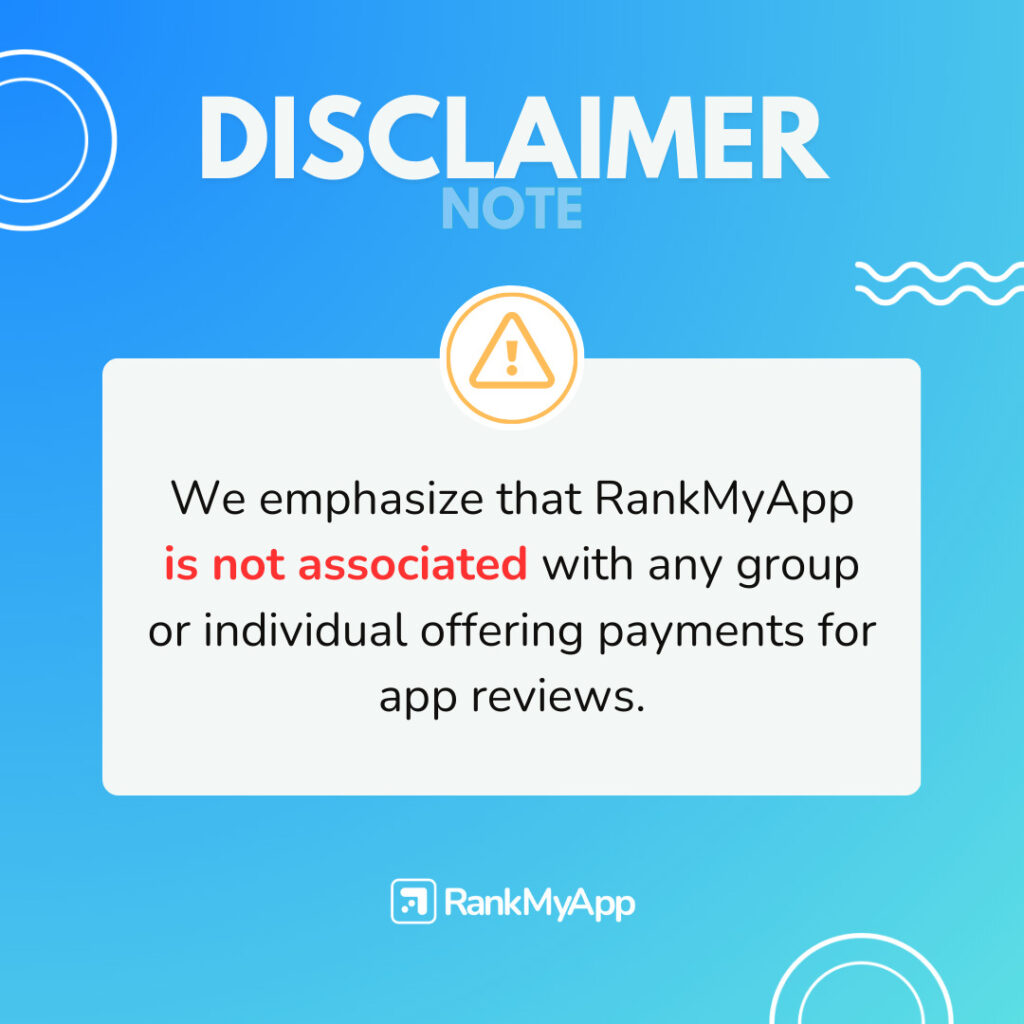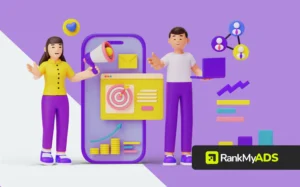There are many types of growth marketing hacking that most apps use, with the goal of getting results. We already talked here about some growth hacking strategies, but now we have something much more complex: loops.
This strategy uses feedback in the favour of the app. It’s a way to provide an incredible service for a group of users and naturally this group brings another group of new users. We are going to talk about three loops: viral, ASO and paid acquisition.
Viral loops
Viral loops is a growth hacking that helps you please your user with the features and benefits of your app, and he tells a friend about it, and the friend downloads the app and tell to another friend and family and this movement starts the loop.
There are two categories that always use that strategy: social and games. It happens because it’s much more easier to convince a friend to download an app or game than doing something more complex.
For example, Uber has a double discount coupon. For users that already have the app, if they share a code with new users, they win X% discount. At the same time, the new user that just receive code, will also get discount.
This kind of strategy to incentivize the user, first of all, to use actively your app, works because for him to have the benefits the user needs to use the app and bring new users to it.
To have sure that it is working, observe how many users in fact click to download the app and how many users are directed to the app store by means of the code that the friend sent.
ASO loops
The ASO process you already know, is the strategy to optimize your app using keywords inside app stores, generally speaking. But when we talk about ASO loops, we are using a growth marketing model using content made by the user.
What does it mean? It means that it’s possible to make ASO as effective as the original strategy and have faster results. Appears to be awesome, but you have to pay attention to a lot of data to keep it working.
Initially, observe the numbers of new users and who are the actives ones. This loop starts with downloads. If the app has more number of installations the future downloads start to grow, the app gets much more visibility and so on.
The number of installations in itself already gives more visibility to the app. But there’s another loop. New users that are impacted with core action became active users, and active users normally bring reviews to the app. Positive reviews gives more visibility, again.
Paid acquisition loops
The last loop is through paid acquisition. We can consider that this loop is not the most used, not because it is not in effect, just because it’s paid. Be paid is not a problem, but some apps don’t have a structure yet to invest on that and, at the same time, believe that another strategy will be enough to fuel the app’s growth.
This is correct, but we can not ignore it because this loop is very simple alone, but with some marketing strategies, can become huge. Basically, you put money in the app, invest in social media marketing, for example, and it brings to you more downloads.
With more downloads and conversions, you get more money to invest and have new users. At the same time, this kind of loop works very well with content production, for example.
These growth marketing models are very important to increase your app’s download numbers increase visibility, downloads growth and, consequently, rank the app. So, paid acquisition loops are important!
If you like this content and want to know more about App Store Optimization and mobile marketing strategies, subscribe to our newsletter!




